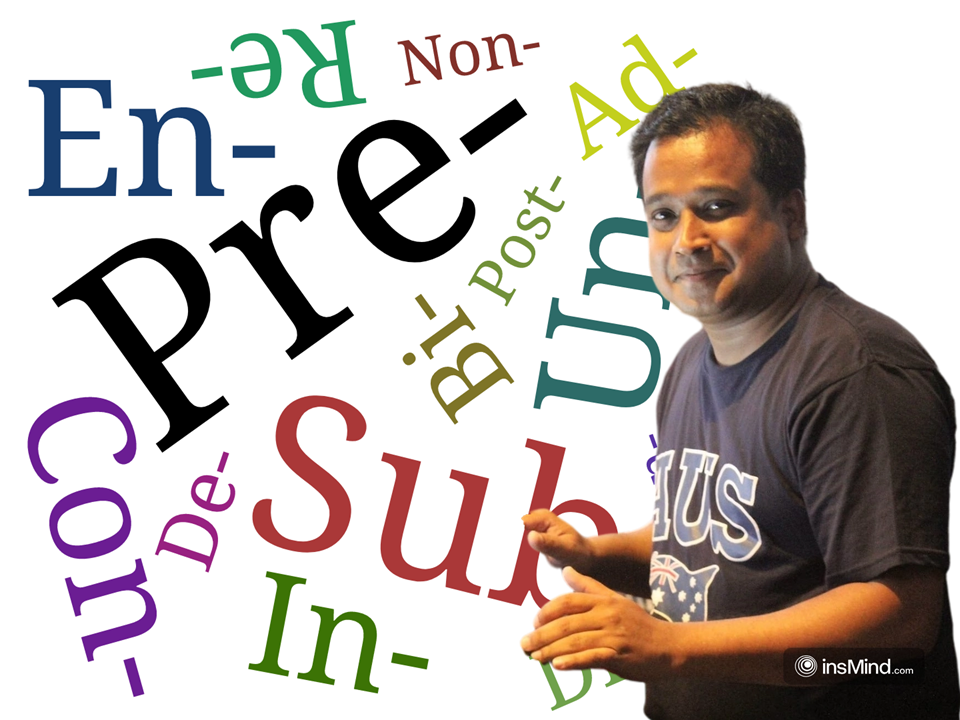Slide 1 of 10
Introduction to Passive: Past Simple
Understanding the Passive Voice (Past Simple)
A Guide to Forming and Using the Passive Voice
In the past simple passive, the focus is on the action and what happened rather than who performed the action.
Navigate using the buttons below
Slide 2 of 10
Passive: Past Simple Structure
Structure of the Past Simple Passive
Forming the past simple passive follows this structure:
Subject + was/were + past participle (+ by agent, if necessary)
Examples:
- The book was written by J.K. Rowling.
- The cake was baked in the morning.
Slide 3 of 10
When to Use the Passive Voice
Why Use the Passive Voice?
- When the doer of the action is unknown or unimportant.
- When we want to emphasize the action rather than the subject.
- In formal or academic writing.
Slide 4 of 10
Active vs. Passive Voice
Converting Active to Passive
Active: The chef cooked the meal.
Passive: The meal was cooked by the chef.
Slide 5 of 10
Common Mistakes
Common Errors in the Past Simple Passive
- Incorrect verb forms (e.g., “The car was drive” ❌ instead of “The car was driven” ✅)
- Using “is/are” instead of “was/were” for past events
- Omitting “by” when it’s needed
Slide 6 of 10
Practice Sentences
Practice Transforming Sentences
- The artist painted the picture. → The picture ______ (paint) by the artist.
- They built the bridge in 1995. → The bridge ______ (build) in 1995.
Slide 7 of 10
Real-Life Applications
Where Do We See the Passive Voice?
- News reports
- Scientific and academic writing
- Instructions and manuals
Slide 8 of 10
Summary and Tips
Key Takeaways
- Use “was/were + past participle” to form the passive.
- The passive is used when the doer is unknown or unimportant.
- Common in formal, academic, and news writing.
Slide 9 of 10
Mini Quiz
Quick Quiz
Identify the correct passive form:
- The movie ______ (direct) by Spielberg. (was directed / directed)
- A new policy ______ (introduce) last year. (was introduced / introduced)
Slide 10 of 10
Conclusion
Final Thoughts
By mastering the past simple passive, you can improve clarity in formal writing and academic contexts.

